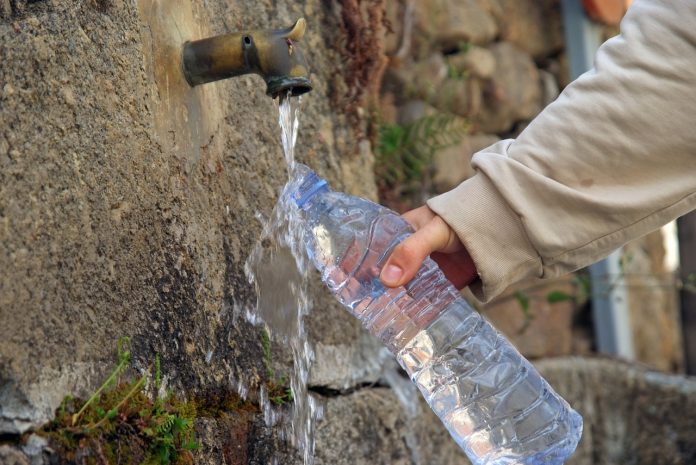The devastation of hurricane season keeps barreling along, one after another.
To lose a home and all earthly possessions is beyond imagining, but for Puerto Rico, the loss in agricultural production goes beyond the here and now.
Farmers
Massive agricultural losses have been reported, with one dairy farmer saying he lost all of his cows. He has no idea where they are.
Another dairy farmer tells of being forced to dump the milk from his small herd every day because no one can get to his farm to haul the milk away.
Farmers all around the world can empathize with Mother Nature’s ability to land a knock-out punch, no matter the crop.
While the stories of Puerto Rico have centered on horrific daily struggles and slashed tourism revenue, I went in search of how the island’s agricultural production has been impacted.
Damage
Numerous sources say that most dairy barns and commercial chicken buildings were lost in the unbelievably high-powered winds and rain of two successive hurricanes.
Electricity has still not been restored to many of these farms, and roads remain blocked in various directions.
Jose Rivera described to The New York Times the loss of his plantain crop, saying that all 14,000 of his trees appear to be destroyed.
(Even if he could afford to attempt to replace all those destroyed, starting a new plantain tree requires roughly 18 months before a crop could be harvested.)
Rivera’s entire sweet pepper and yam crop is gone, too.
Hunger
Farmers fear the loss of income, but they also fear watching their own families go hungry, even if they survive this current day-to-day nightmare.
In an area where a local crop is often the only crop they can afford, what happens now?
The small import/export trade is ruined, too, as all nearby island agriculture was destroyed by the same one-two hurricane punch.
“We trade what we can, but there will be nothing to trade,” Rivera explained.
Banana, plantain and coffee crops were hit the hardest, with the force of Hurricane Maria taking not only the crop, but stripping trees of bark, leaving little hope for rejuvenation.
All of this is said before even touching on the massive problem of getting safe drinking water to everyone.
Drinking water
People walk miles in the oppressive heat to stand in line waiting for water, gasoline, and enough food to get through one more day.
Preliminary figures show that Puerto Rico lost $780 million in agriculture yields alone, a significant figure on the struggling island.
In a televised report, an elderly man wiped tears as he pointed out the loss of a coconut tree grove, along with a destroyed nursery filled with saplings. Shards of glass seemed to be everywhere.
The farmer, 80 years old, said he could make about $100 a month off of each tree, and now all are gone.
It takes about 10 years for a coconut tree to become reliably productive, something this man says he will not live to see. Despair and fear on his face was painful to witness.
“Even if I could start a grove today, I would not have the water I need. I have no water to drink, so no water to feed a coconut tree.”
As I re-filled the stock tanks in the barn and pastures on this hot autumn afternoon, that image came to me with a jolt, a reminder to count water as a blessing. Always.













